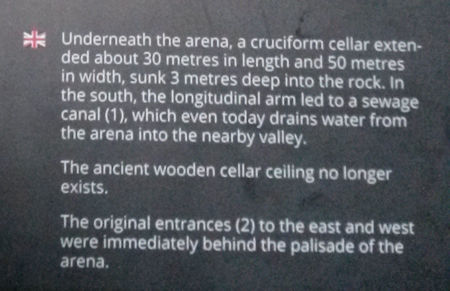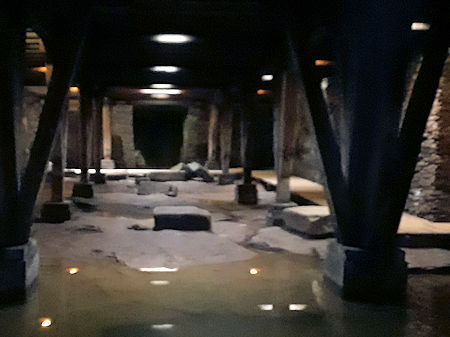Trier,
Germany(2019)
Roman Ruins
Roman Ruins
Trier
was founded
by the Emperor Augustus in 15 BC |
|
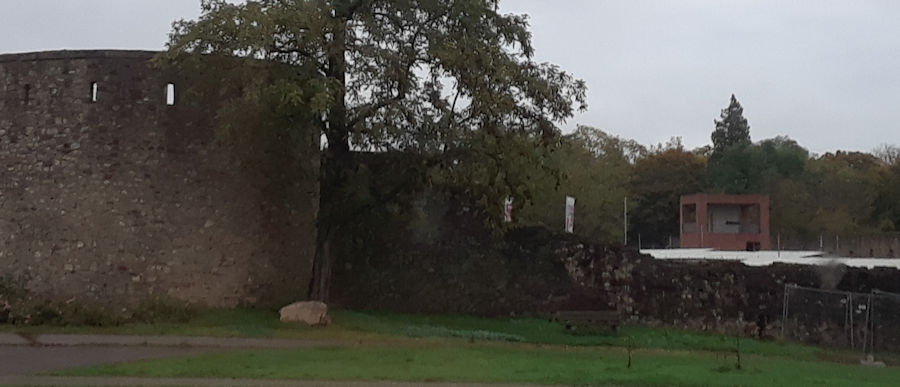 |
|
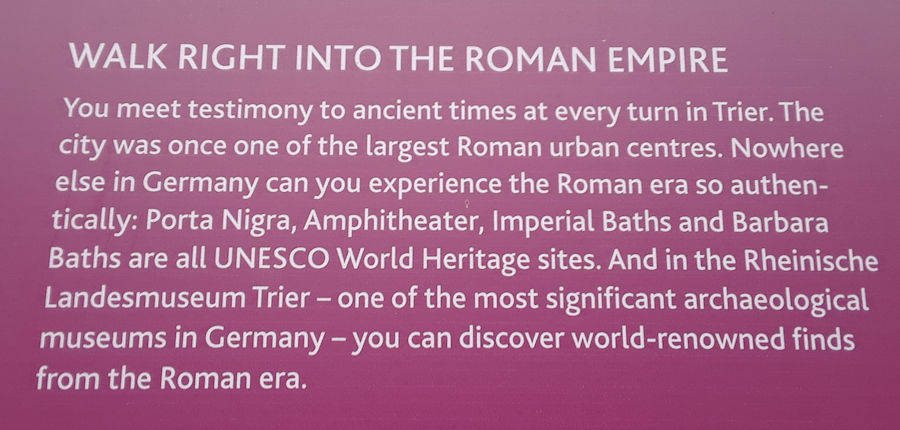 |
|
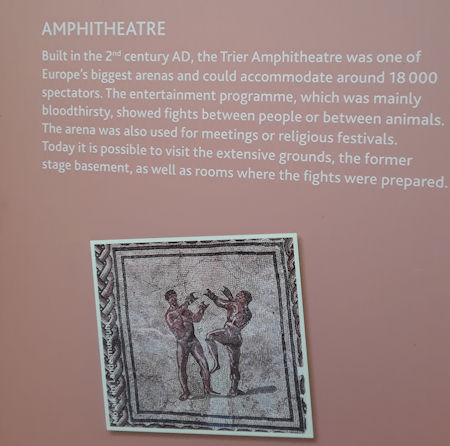 |
Our first stop was the Amphitheater 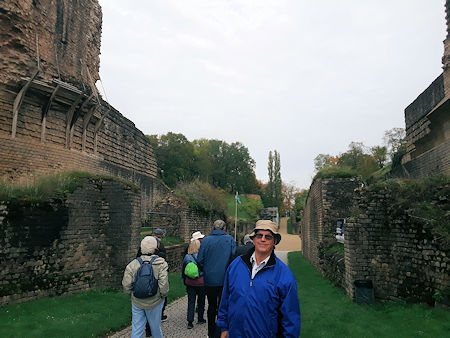 |
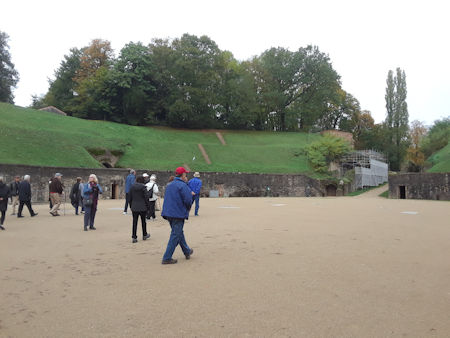 |
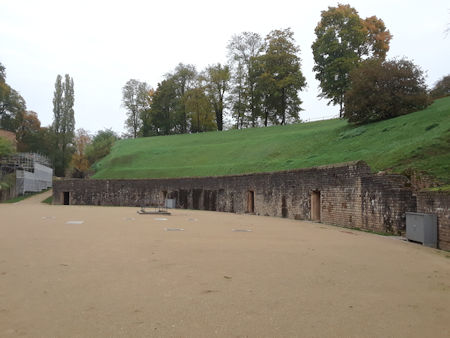 |
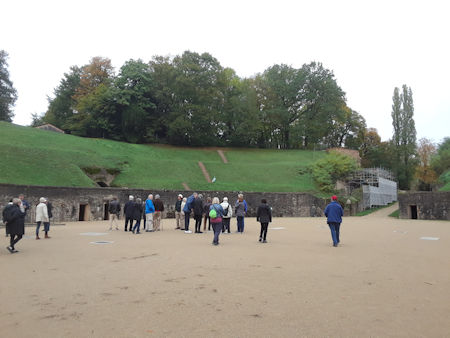 |
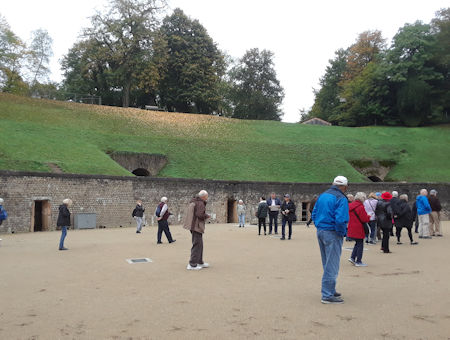 |
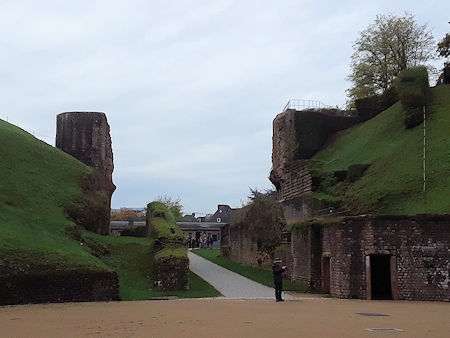 |
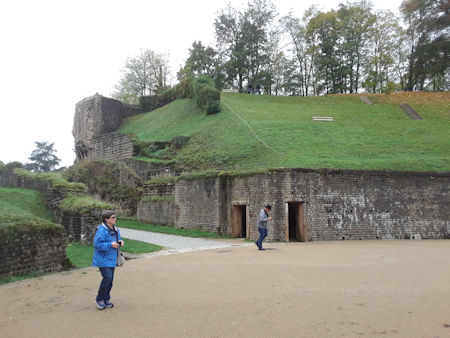 |
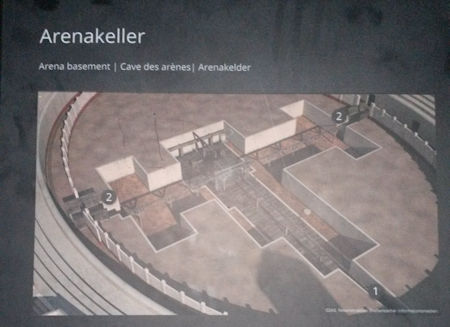 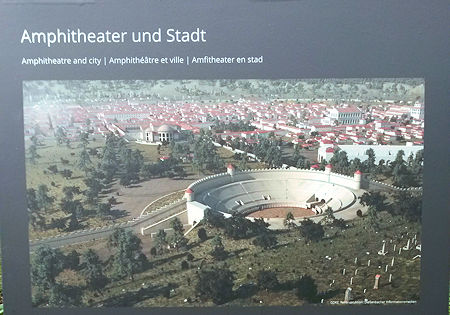 |
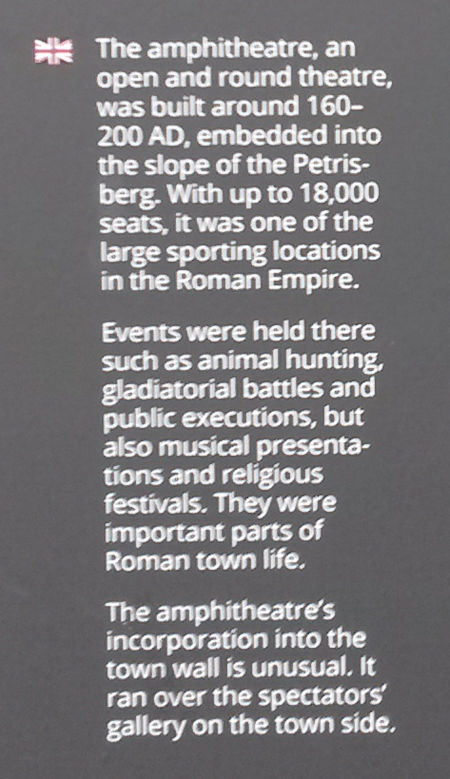 |
We
toured beneath the amphitheater floor where some of the underground facilities and mechanized systems have been recreated 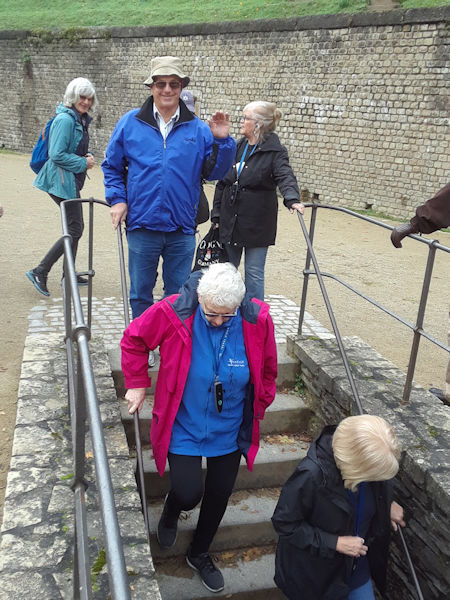 |
|
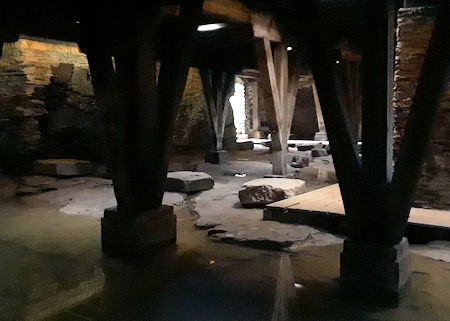 |
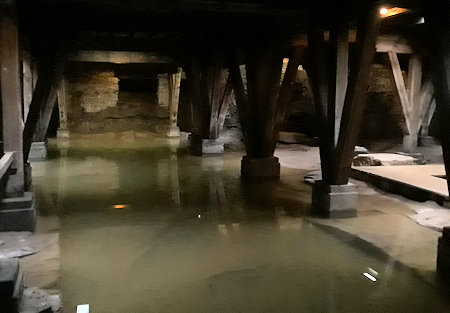 |
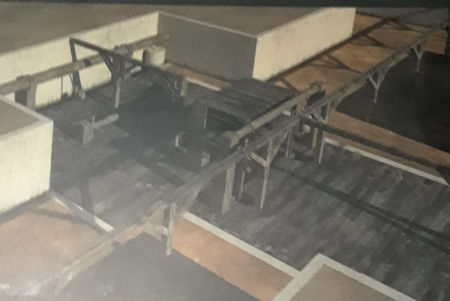 |
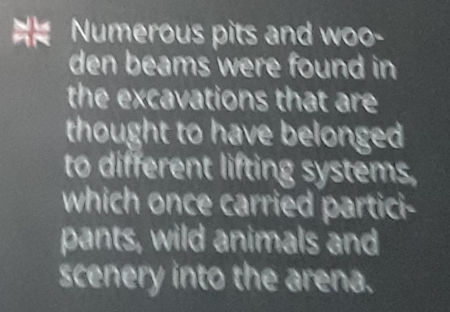 |
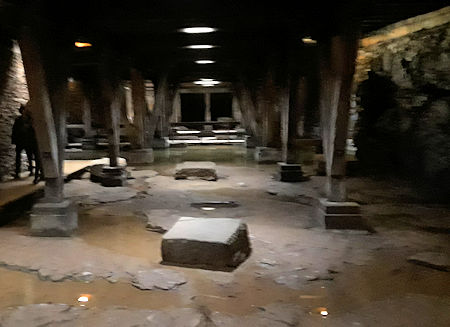 |
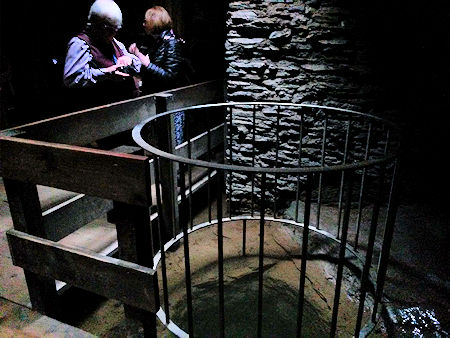 |
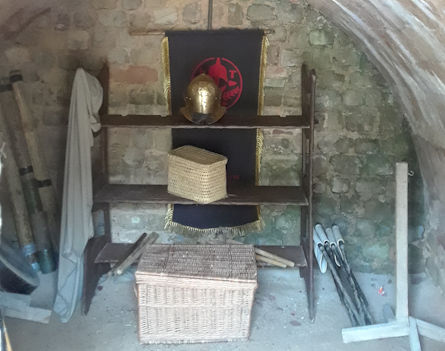 |
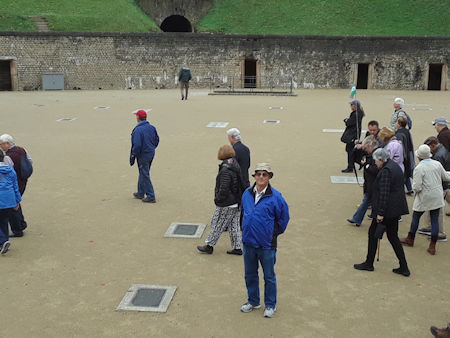 |
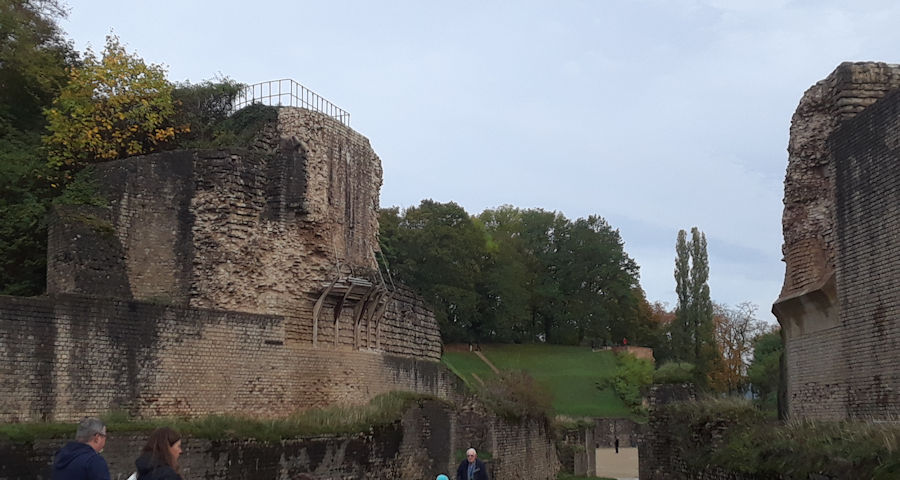 |
|
The
Imperial Baths were one of the largest in the Roman Empire |
The
Hall of Constantine is the largest intact Roman structure outside of Rome. |
-450.jpg) |
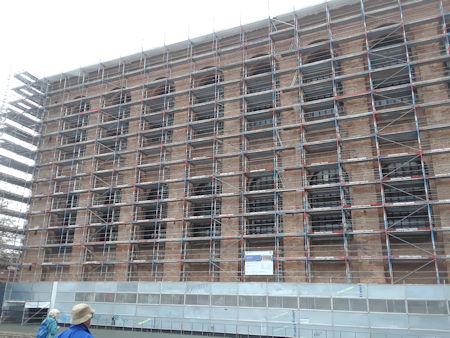 |
It
housed Constantine's throne room and is the largest surviving
single-room structure
from Roman times. It was constructed to express the magnificence and might of the emperor. 90 ft wide, 108 ft high, and 220 ft long - with an adjoining hall outside 250 ft It is now a Protestant Church |
|
 |
 |
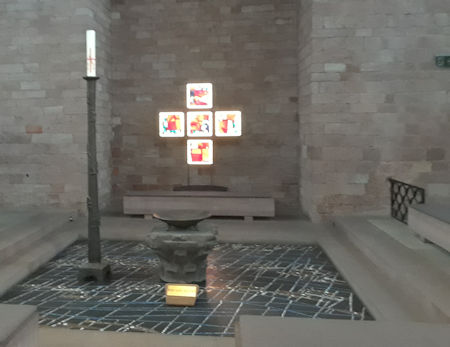 |
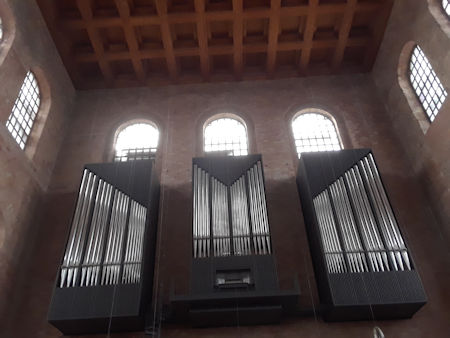 |
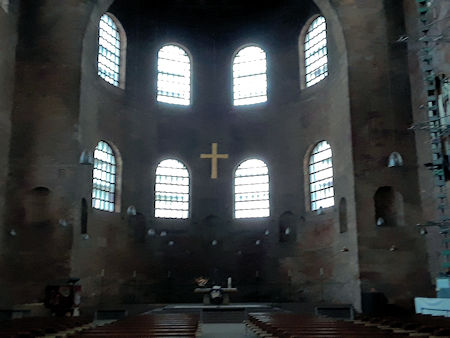 |
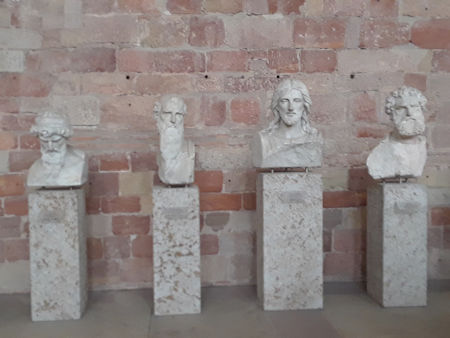 |
Of
the original four gates, only the Porta Nigra (black gate) survives It avoided destruction because it became a church. St. Simeon, a pious Greek recluse, lived inside the gate for seven years. After his death in 1035, the Simeon monastery and church was established |
|
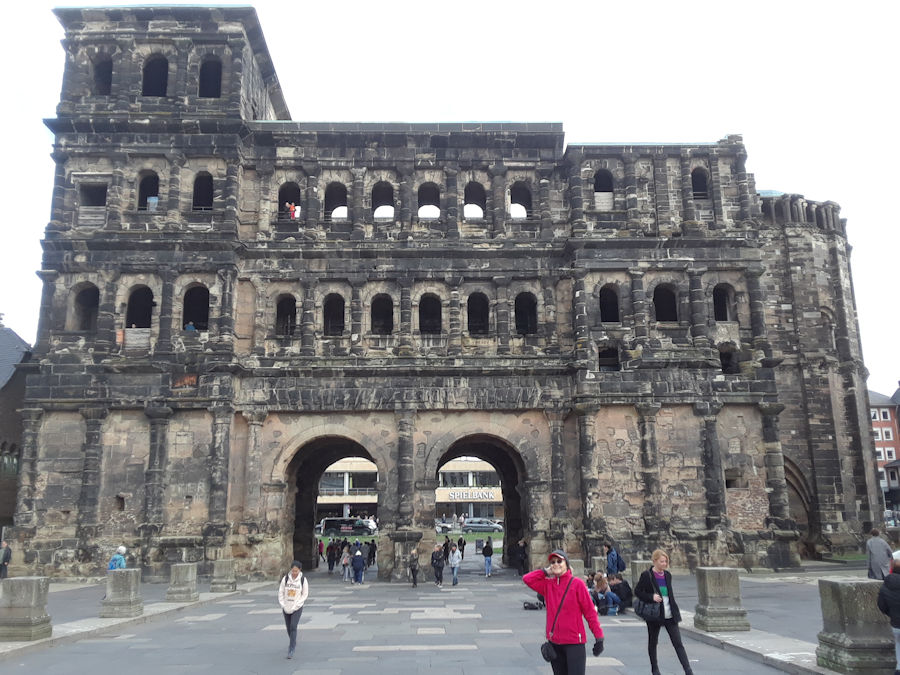 |
|

